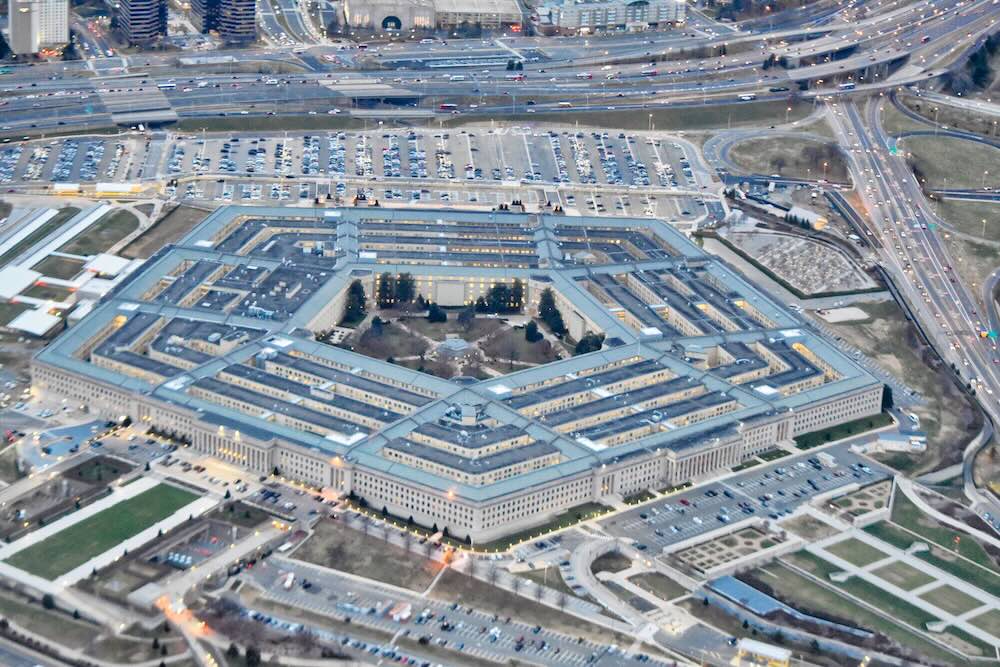


The decision, officially acknowledged by the White House on Tuesday, marks a recalibration of U.S. defence assistance amid growing pressure on American military readiness.
According to CBS News, White House spokesperson Anna Kelly stated that the move followed a Department of Defence review of global U.S. military support. “The decision was made to put America’s interests first,” Kelly said. “The strength of the United States Armed Forces remains unquestioned — just ask Iran,” she added, referencing U.S. strikes last month on Iranian nuclear infrastructure.
While the Trump administration has not yet confirmed the specific systems affected or the overall scale of the reduction, Pentagon officials and defence analysts have pointed to a significant shift in the Department’s approach. Elbridge Colby, Under Secretary of Defense for Policy, commented separately that the Department continues to offer President Trump “robust options” to support Ukraine, while also “rigorously examining and adapting its approach” to maintain readiness for U.S. strategic priorities.
Reports from Politico and CBS News, citing unnamed officials, indicate that the suspended deliveries include Patriot air defence missiles, Hellfire air-to-ground missiles, precision-guided artillery shells, and other munitions deployed by Ukrainian F-16 aircraft and unmanned systems. Sources suggest the suspension stems from a classified internal assessment led by Colby, which concluded that current U.S. stockpiles were reaching critically low levels due to multiple global commitments, including operations in Yemen.
One Pentagon official, speaking anonymously, said that certain ammunition types had been categorised by priority since February, amid concerns that overuse in overseas operations could affect the U.S. military’s strategic reserves. A memo recommending the freeze reportedly reached Defence Secretary Pete Hegseth months ago but remained unsigned amid internal reshuffles.
The move follows earlier disruptions to U.S.-Ukrainian defence coordination. In March, following a tense meeting between President Trump and President Volodymyr Zelenskyy in the Oval Office, the White House paused both military assistance and intelligence sharing that had previously been authorised under the Biden administration. That suspension was lifted after Kyiv entered preliminary discussions on a ceasefire — though talks failed to produce a breakthrough.
In late April, the U.S. and Ukraine reached an agreement granting the U.S. access to Ukraine’s strategic mineral resources. Under the terms of that deal, Washington committed to continued military assistance via a joint U.S.-Ukraine defence fund. Ukrainian officials have since expressed concern that the latest decision from Washington could affect timelines for procurement, particularly for critical systems needed ahead of the winter period.
Zelenskyy is expected to raise the issue directly with Trump in upcoming bilateral talks. The Ukrainian government has also submitted a procurement list to U.S. Treasury Secretary Scott Bessent outlining key weapons systems it hopes to purchase independently, should government-supplied aid prove insufficient.
The United States has provided Ukraine with tens of billions of dollars in military assistance since the beginning of Russia’s full-scale invasion in February 2022. According to the Royal United Services Institute, approximately 20% of Ukraine’s military equipment originates from the U.S., 25% from European states and other allies, and 55% from domestic Ukrainian production.
Defence analysts suggest that the partial suspension may reflect broader shifts in U.S. foreign policy under the Trump administration, with a renewed emphasis on conserving resources and rebalancing global commitments. However, it also raises concerns about Ukraine’s ability to maintain its air defences and precision strike capabilities during a protracted phase of the conflict.
The decision comes as Russian forces continue missile and drone attacks across multiple regions of Ukraine, including in Donetsk, where Ukrainian brigades have deployed new fibre-optic drone units to the front line. Kyiv’s ability to respond effectively is increasingly tied to the availability of advanced Western-supplied munitions.